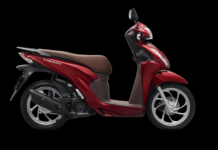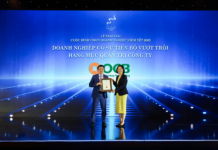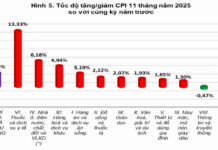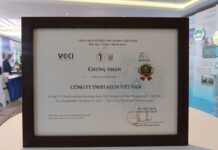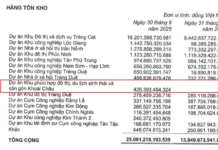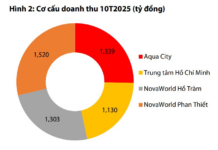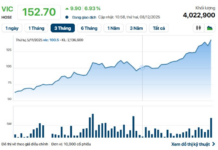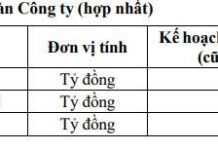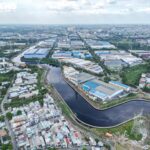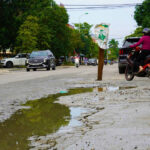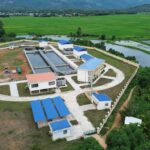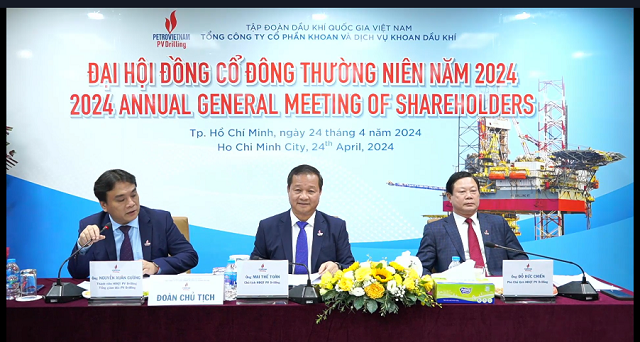Strategically located at the gateway to the beautiful Cat Ba Island in Cat Hai district, Hai Phong city, the Cat Ba Amatina tourism urban area project by Vinaconex – ITC covers an impressive 176 hectares. Vinaconex – ITC is committed to sustainable development, with a focus on a Green-Smart-Classy philosophy, prioritizing modern and environmentally friendly approaches. Of particular note is their dedication to investing in resources and technology for effective wastewater treatment.
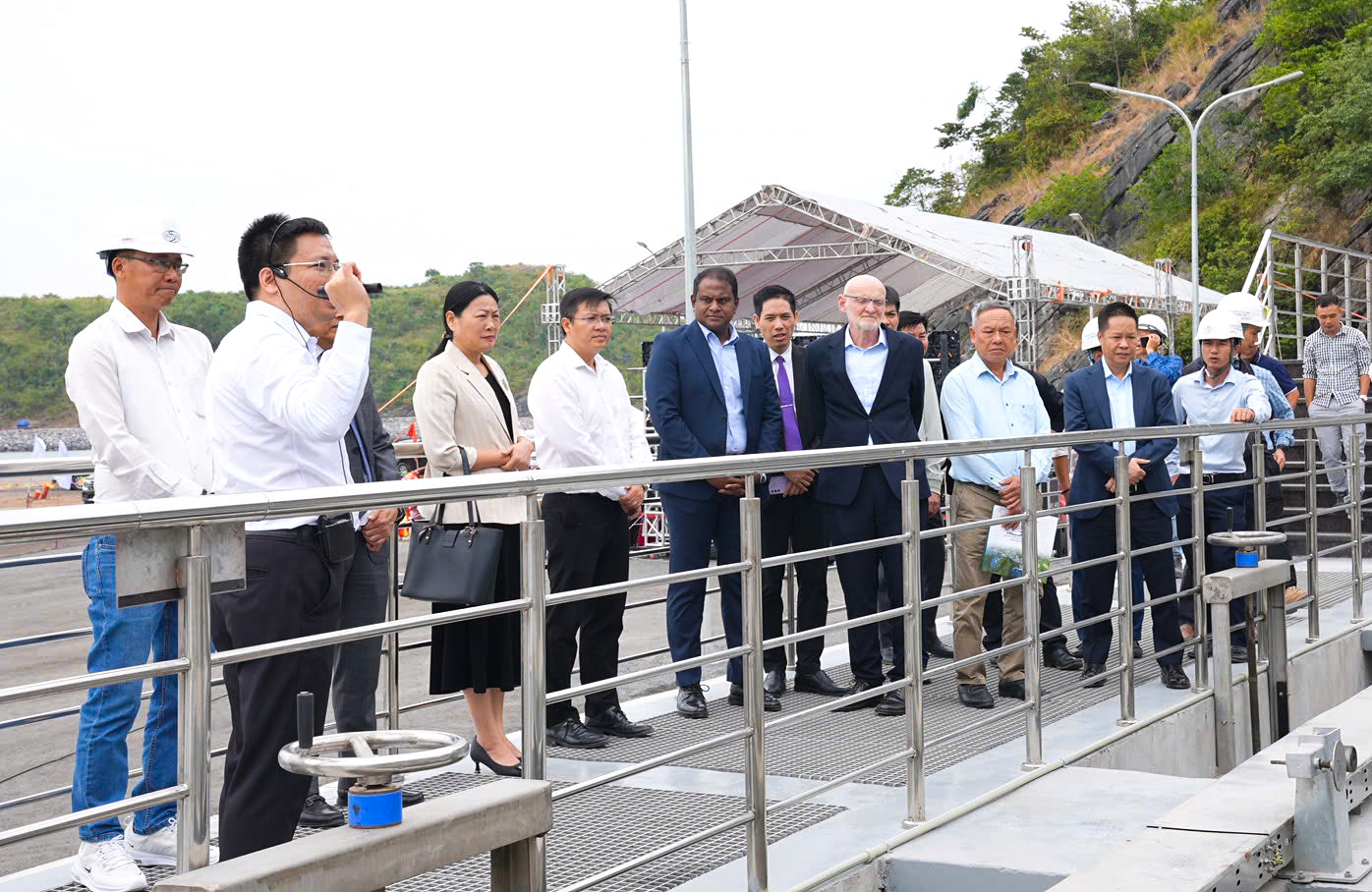
Local leaders and delegates visiting the wastewater treatment plant at the Cat Ba Amatina project
Recognizing the importance of wastewater treatment in the overall development strategy of the Cat Ba Amatina project, Vinaconex – ITC carefully studied, surveyed, and visited advanced wastewater treatment models in developed countries. As a result, they chose the Green Organica circular treatment technology developed by the multinational Organica Group (headquartered in Hungary). This cutting-edge technology meets Europe’s stringent wastewater quality standards and has been successfully applied in several countries, including Hungary, Croatia, and the UAE.
After a thorough evaluation and approval process by the Ministry of Natural Resources and Environment, along with the active participation of consulting units and renowned experts, Vinaconex – ITC, with its extensive experience, successfully completed the construction of a centralized wastewater treatment plant with a capacity of 10,000 cubic meters per day. This plant utilizes the GREEN, advanced, and modern technology, ensuring safety, quality, and timely delivery while meeting all set criteria.
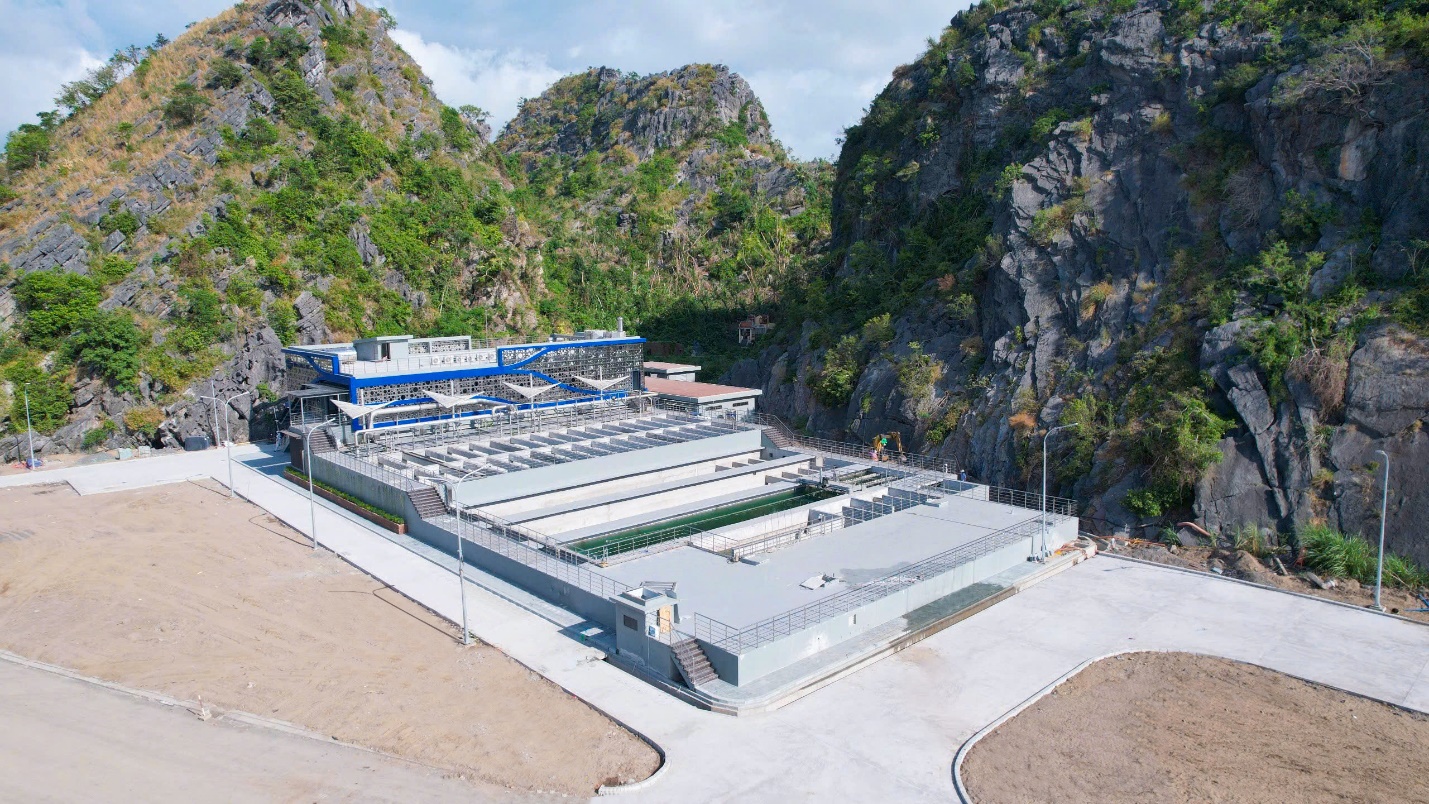
Centralized wastewater treatment plant with a capacity of 10,000 cubic meters per day, using state-of-the-art European technology
More about the Green Organica technology:
At the wastewater treatment plant in the Cat Ba Amatina project, all wastewater (containing high levels of pollutants such as organics, ammonia, phosphorous, suspended solids, pathogenic bacteria, etc.) is collected and transported to the centralized wastewater treatment station. The treatment process includes the following steps:
Step 1: Preliminary treatment to remove suspended solids, trash, and sand.
Step 2: Biological treatment using Organica’s high-tech artificial biofilm membranes to eliminate pollutants such as COD, BOD, nitrogen, and phosphorous.
Step 3: Using a biological settling tank to separate clean water and send it to the disinfection chamber, ensuring that the water quality meets Column A QCVN 14-2008/BTNMT standards before being discharged into the environment. All these processes are integrated into a compact, space-saving structure.

Diagram of biological reaction chain
Additionally, to ensure absolute safety in the event of an environmental incident, we have invested in a 20,000-cubic-meter wastewater storage tank that can contain wastewater for up to two days while any issues at the treatment plant are addressed.
The Revitalization Project: Unveiling the Transformation of Ho Chi Minh City’s Most Polluted Canal
After over a year of construction, the Tham Luong – Ben Cat – Rach Nuoc Len canal improvement project has only reached 37.9% completion, with many contracts being worked on by just a handful of people.
The Ultimate Guide to Operating Vietnam’s Largest Wastewater Treatment Plant
The Binh Hung Wastewater Treatment Plant, the largest of its kind in Vietnam to date, has commenced operations in Ho Chi Minh City.

